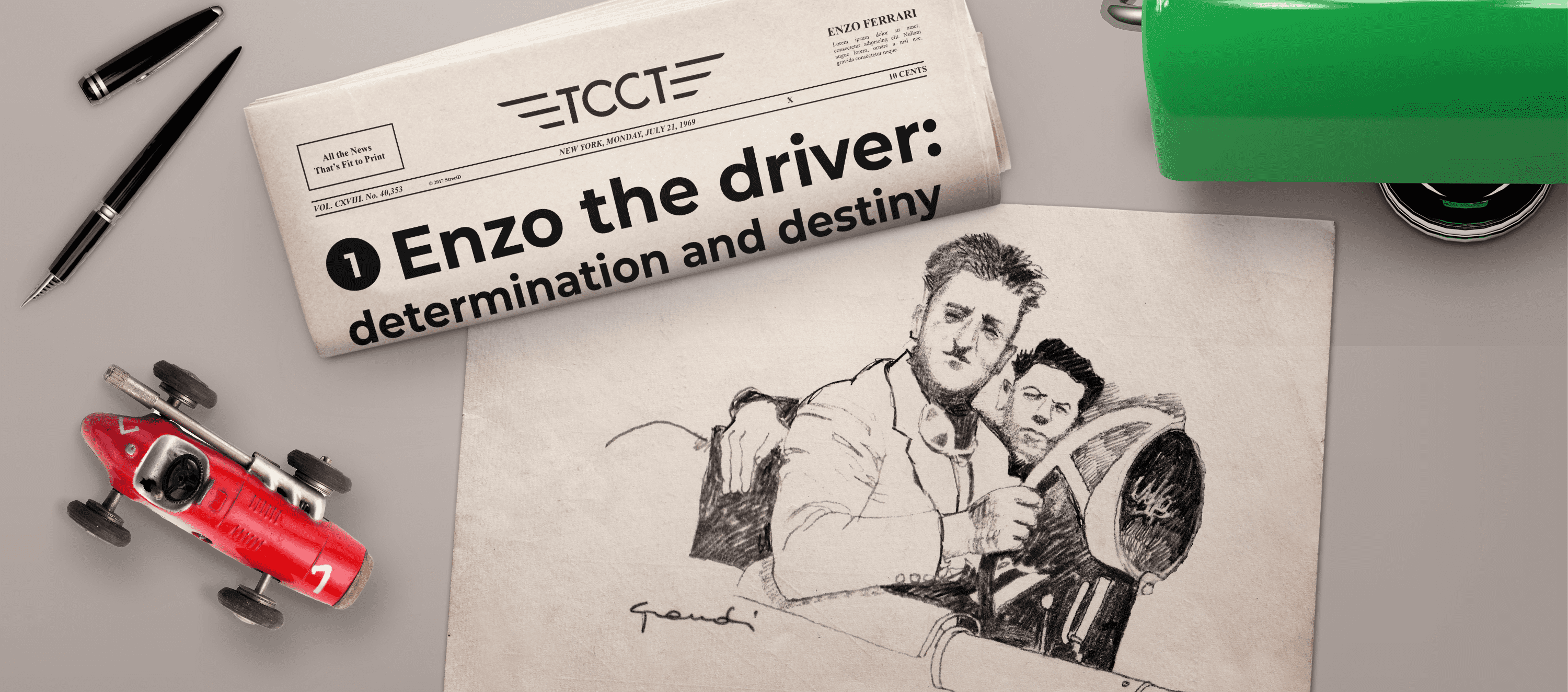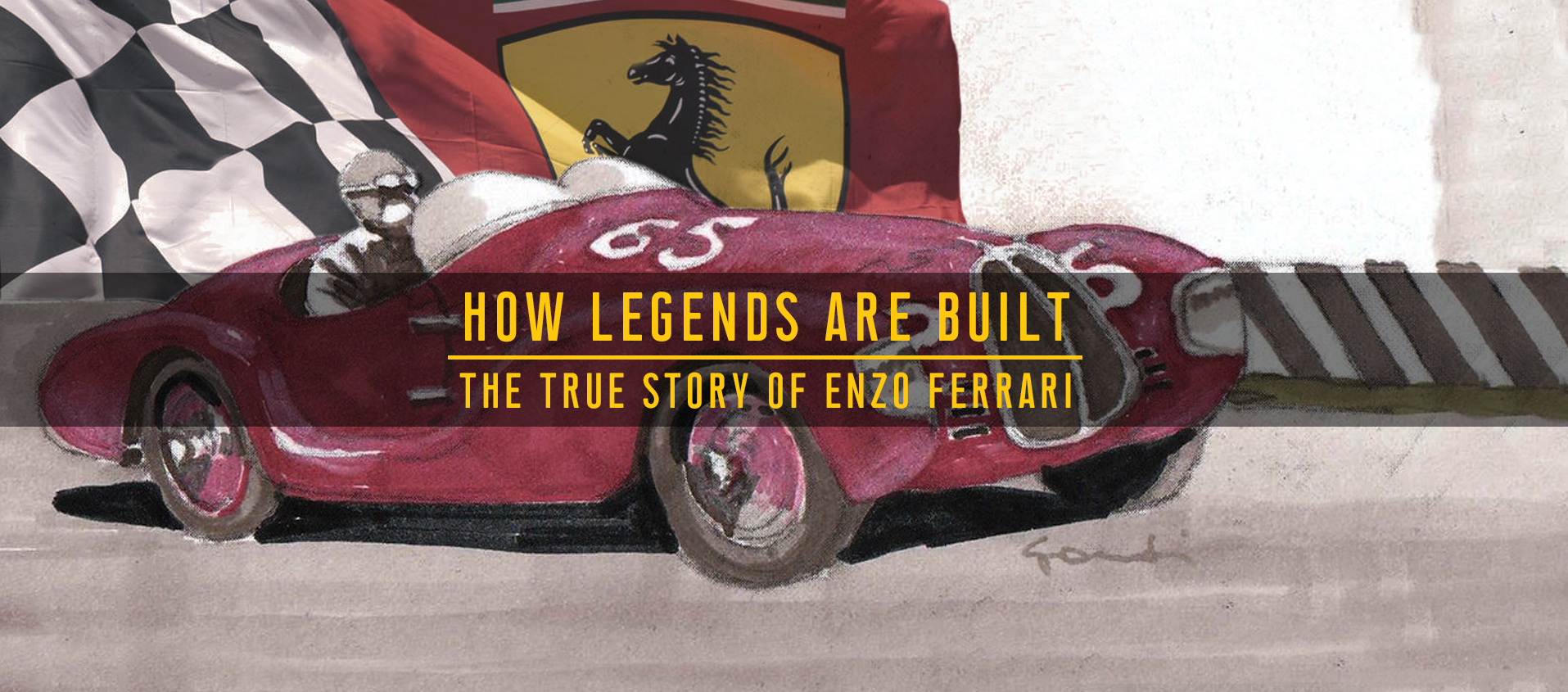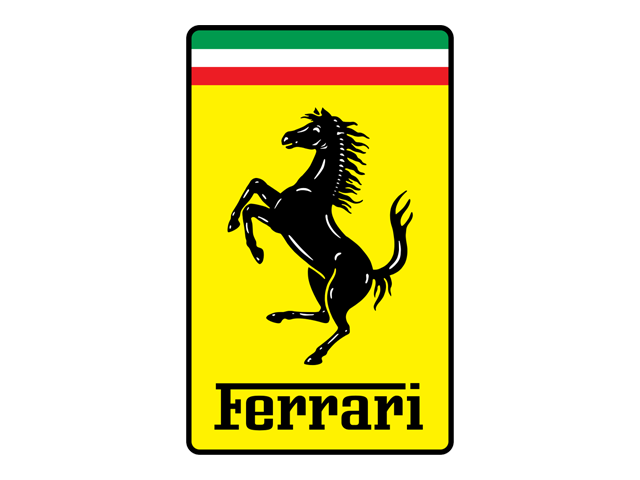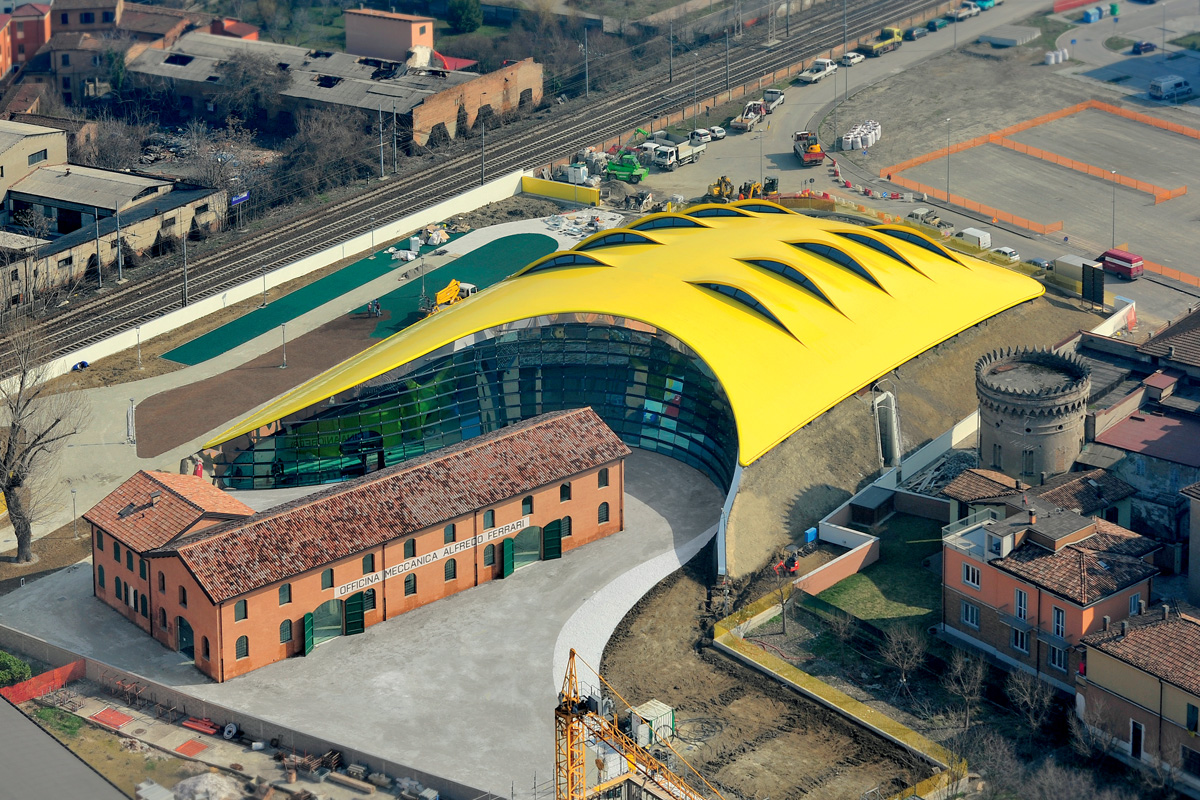Enzo the driver: determination and destiny
11 January 2021 3 min read 5 images

Enzo was not born poor on a snowy day in February 1898. His father had started a mechanical workshop in Modena (that is now home to the Casa Enzo Ferrari Museum) and his mother came from a wealthy family of Marano sul Panaro. The Ferrari family was among the very first in Modena to own a car, a De Dion Bouton.
Register to unlock this article
Signing up is free and gives you access to hundreds of articles and additional benefits. See what’s included in your free membership. See what's included in your free membership.
Already have an account? Log In



